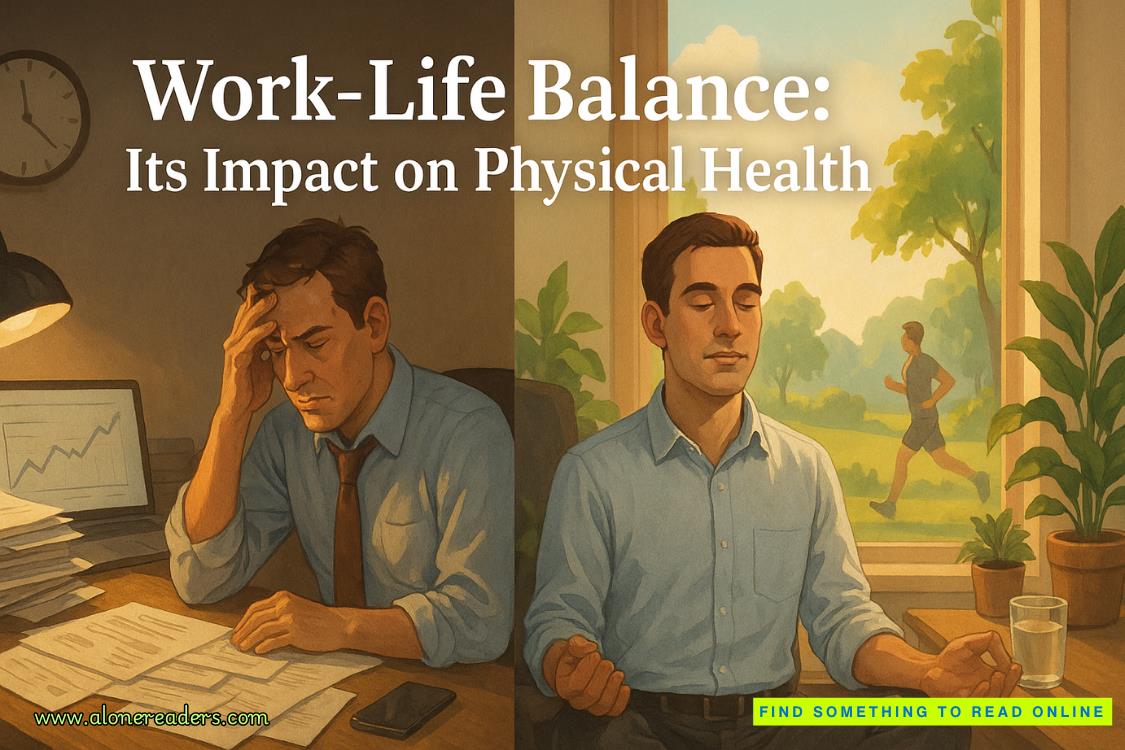We stopped in front of a nondescript gate fitted with a keypad. The gate was backed with thick, padded black canvas, obscuring any view into the property. I punched in the code and there was a moment of expectant silence. Then a soft buzz, a clang, and the gate swung open. Beyond lay anarched brick tunnel, softly lit by a single gaslight that flickered. Something scuttled around in the shadows on the damp ground.
“What was that?” Natalie asked, peering into the gloom.
“Probably a rat,” I told her cheerfully. I slammed the gate closed behind them, making sure it locked. “Welcome to my place.”
The tunnel led into a courtyard bordered by four brick buildings, each one more decrepit than the last. The façades, linked by galleries and staircases, leaned against each other for support like elderly women having one last gossip.
The three women stood, turning slowly as they took it in. An overgrown tea olive reared up in the corner between stacks of crumbling bricks. There were more stacks—slates, boards, bags of cement—and pots full of shrubs in various stages of growth. In the center, a fountain missing its jet was full of green water. The surface rippled a little and Natalie jumped.
“What’s moving in that water?” Mary Alice demanded.
“Louie the carp. He came with the house.”
“Well, I suppose it’s nice to have a pet,” Helen said politely.
“It looks like it’s about to fall down,” Nat said, staring up at the flaking black wrought iron holding up the second-floor galleries.
“It might. Watch your step up there,” I said.
“It must have been beautiful once,” Mary Alice said with a stab at diplomacy. “I’m sure it could be nice again.”
“With a little elbow grease and a few sticks of dynamite,” Natalie replied.
“You’re staying for free,” I reminded her.
Mary Alice put on a brave face. “Does the plumbing work?”
“Sometimes,” I said. It was clear Mary Alice and Natalie weren’t impressed. I turned to Helen.
To my surprise, she smiled. “It’s perfect. Thank you for bringing us here, Billie.”
Mary Alice had the grace to look a little ashamed, but Natalie merely yawned. Just then a door—wide, with peeling turquoise paint—opened and a tall, skinny girl emerged. Before I could introduce her, she was on me, wrapping me up tightly and lifting me an inch off the ground. She smelled like maple syrup and burnt toast.
“You scared me. Don’t do that,” she said firmly as she put me down.
“We’re alright,” I told her. “You did great.”
She kept one hand on my shoulder and turned to look at the others, her head cocked like a squirrel’s. “These are friends?”
“Mary Alice, Helen, Natalie,” I told her. “This is Minka.”
They made polite noises and she nodded back before turning to me. “I made breakfast.”
“You can’t cook,” I reminded her.
She shrugged. “It is not good. But you should eat.”
She led the way through the turquoise door into a shell of a house. The brick walls that held it up had been left standing but the interior partition walls had been punched out and the upper floor removed entirely so the ceiling was two stories above our heads. An old door laid onto stacks of bricks made amakeshift kitchen counter to hold the essentials—coffeemaker, hot plate, and toaster oven. There was an expensive electric kettle for tea, but that was my only concession to luxury.
A table that could have seated forty for dinner stood in the center of the room with a small scattering of chairs that didn’t match. The windows were stained-glass Bible stories with clear glass in a few places where the original panes had shattered and been replaced cheaply. The rest were mostly cracked, with a long, jagged line marking the upturned face of Mary Magdalene as she knelt before a risen Jesus.
“What is this place?” Mary Alice asked.
“Former convent,” I told her as I pointed them to places around the table. A platter was stacked high with cold, burned pieces of toast, and the butter was upholstered with a layer of crumbs. But the coffee and tea were hot.
We sagged into chairs, each of us taking a mug and ignoring the ruined bread. “The sisters belonged to an order associated with Mary Magdalene,” I went on. “Down the street is a convent that used to belong to the Ursulines. The nuns who built this house came a few decades after. They were a nursing order and they were wiped out by a yellow fever epidemic.”
“It is haunted,” Minka put in cheerfully, coming to sit with a cup of coffee.















